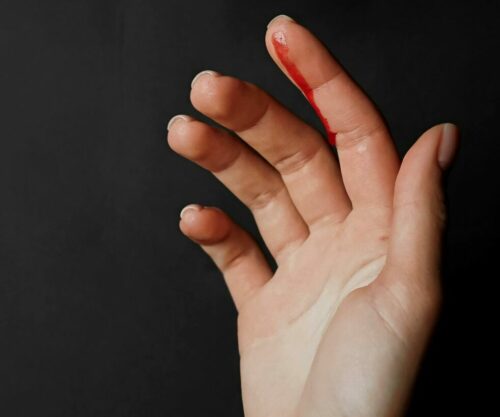
Have you ever experienced cramps but no periods?
This experience is scary to feel pelvic pain and discomfort outside of your menstrual cycle (especially if it’s in addition to other startling symptoms), but the cause might not be as dire as you think.
While cramps are a common period-related pain, “it is not uncommon for people to have cramps outside of their menstrual cycle,” explains Kiarra King, M.D., F.A.C.O.G., board-certified obstetrician and gynaecologist. “They can occur for a variety of reasons.”
It can be tough to tell whether having cramps without a period is caused by something simple or more serious. But there are common reasons for cramping without your period.
Ovulation
If you haven’t gone through menopause and still have your ovaries, you might get cramps mid-month, about 10-14 days before your period. This happens when your ovaries release an egg to ready your body for a possible pregnancy. The harmless twinge of discomfort is called “mittelschmerz,” which means middle pain.
Pain will occur on one side of your lower belly. It lasts a few minutes to a few hours. It can be sharp and sudden, or you might just have a dull cramp. The side of the pain depends on which ovary releases the egg. It may switch sides every month or strike the same place each time.
Miscarriage
Miscarriage is the loss of an unborn baby before the 20th week of pregnancy.
According to WebMD, the pains start out like period pains, and then gets more severe.
You may have vaginal bleeding or spotting. Some pregnant women have these symptoms but don’t miscarry. But if you’re expecting and either one happens, always call your doctor.
Endometriosis
Endometriosis develops when the uterine lining starts growing outside your uterus, such as in your fallopian tubes, ovaries, or bladder. Several therapies for endometriosis exist, ranging from over-the-counter pain relief medications to hormone therapy.
Ovarian cysts
Ovarian cysts can also cause cramping. According to MedicineNet, these cysts can form when the fluid-filled sacs around your ovaries either don’t allow an egg to pass through for ovulation or fail to properly close after the egg is released. Either case may lead to cramping.
Pelvic inflammatory disease (PID)
It’s a bacterial infection that is usually spread by sex. It affects the parts that help you conceive and grow a baby. This includes your fallopian tubes, womb, ovaries, vagina, and cervix.
Also see: Things you shouldn’t do on your period




